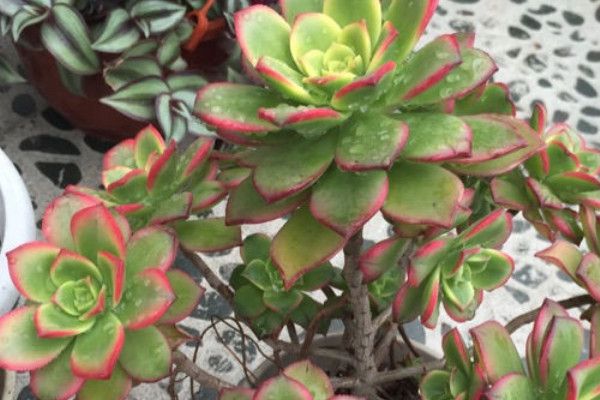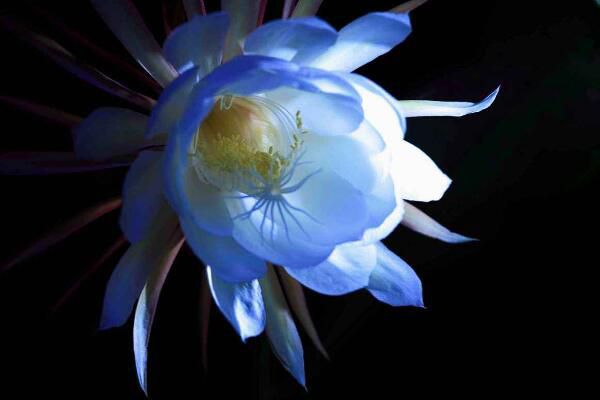Can sour horn tree grow in the north?

Tamarind tree can not only be planted for mass production of tamarind, because of its good medicinal efficacy and edible value, so often can bring good economic benefits to people, but also potted ornamental. As a potted plant to appreciate the words, its leaves are shaped and good-looking, lush and eye-pleasing, often can bring a touch of fresh environment. However, as a small fresh potted plant to watch, usually to abandon the flowering, after all, sour horn seedlings are not easy to bear fruit.
Planting sour horn tree not only has good edible value and medicinal value, but also has certain ornamental value. Whether it is as a mass production fruit or potted ornamental, we need to create a comfortable growth environment for it. After all, sour horn has certain requirements for the growth environment, and it is not possible to plant and survive anywhere. Because in different geographical spaces, the climate environment is often different, and even the gap is very large, such as the climate environment in the north and south of China is very different.
As we all know, the climate environment in southern China is often warm and humid, with sufficient light. Even in winter, the temperature is often not very low, and the living environment is comfortable. In the northern part of China, the four seasons are often very distinct, and the temperature environment varies greatly, especially in the winter of some areas, there will be extremely cold weather environment, not only unsuitable for human habitation, but even many plants can hardly tolerate this low temperature environment. It is precisely because the climate environment in the north and south of China is quite different, so the plant species suitable for their respective cultivation are generally not the same.
Tamarind tree is a tropical tree species, with the characteristics of warm and light, but also relatively drought-tolerant, barren, but cold resistance is relatively poor, the most suitable growth temperature is usually around 25°C. If you can meet these growth requirements of the sour horn tree and create a comfortable growth environment for it, it is easier to raise it. In contrast, the southern region of China can basically meet the requirements of the growth environment of sour horn trees, so there are planting in the vast areas of southern China. However, the temperature in the affected areas of our country is often relatively low, especially in winter, and the sour horn tree is a kind of tree species that likes sun and warmth. It is generally difficult to safely overwinter when planted in the natural environment of winter in the north. Therefore, it is not suitable to plant sour horn trees in northern China.
However, everything can not be too absolute, although the natural environment in the north is not suitable for planting sour horn trees, but if we can build a warm and comfortable, all seasons like spring greenhouse environment for them, put the potted sour horn trees in it, often neither due to lack of light and poor growth phenomenon, nor because the outside temperature is too low and frost damage occurs. However, if such a greenhouse environment is specially built for the purpose of ensuring the safe and smooth wintering of acid horn potted plants, the cost is often too high and not suitable.
Then, some pot friends consider that when winter comes, the potted sour horn tree will be moved indoors for maintenance, often to achieve the role of cold and warm, thus ensuring that the plant will not be frostbitten. But don't ignore the effects of humidity and light on the growth of tamarind trees. Tamarind trees like warm, light, moist growth environment, so we can not only pursue heat preservation and ignore the light and humidity. In winter in the north, there is usually heating or kang in the home. Although it can keep the potted sour horn tree warm, the indoor air is often very dry, and it is not convenient to receive light. Therefore, even if the potted sour horn tree is moved indoors for maintenance, various growth problems often occur, and even death occurs.
To sum up, the sour horn tree is generally unable to survive in the northern region, especially in the outdoor natural environment, almost in winter is unable to grow, and frostbite, freezing phenomenon is inevitable. Even if it is moved to indoor maintenance, it will also have growth problems due to insufficient light and insufficient humidity. After all, tamarind is a tree species that likes warm, light, and moist growing environments. In view of this, Xiaobian still recommends planting sour horn trees in pots and friends in southern China.
Related
- Fuxing push coffee new agricultural production and marketing class: lack of small-scale processing plants
- Jujube rice field leisure farm deep ploughing Yilan for five years to create a space for organic food and play
- Nongyu Farm-A trial of organic papaya for brave women with advanced technology
- Four points for attention in the prevention and control of diseases and insect pests of edible fungi
- How to add nutrient solution to Edible Fungi
- Is there any good way to control edible fungus mites?
- Open Inoculation Technology of Edible Fungi
- Is there any clever way to use fertilizer for edible fungus in winter?
- What agents are used to kill the pathogens of edible fungi in the mushroom shed?
- Rapid drying of Edible Fungi



